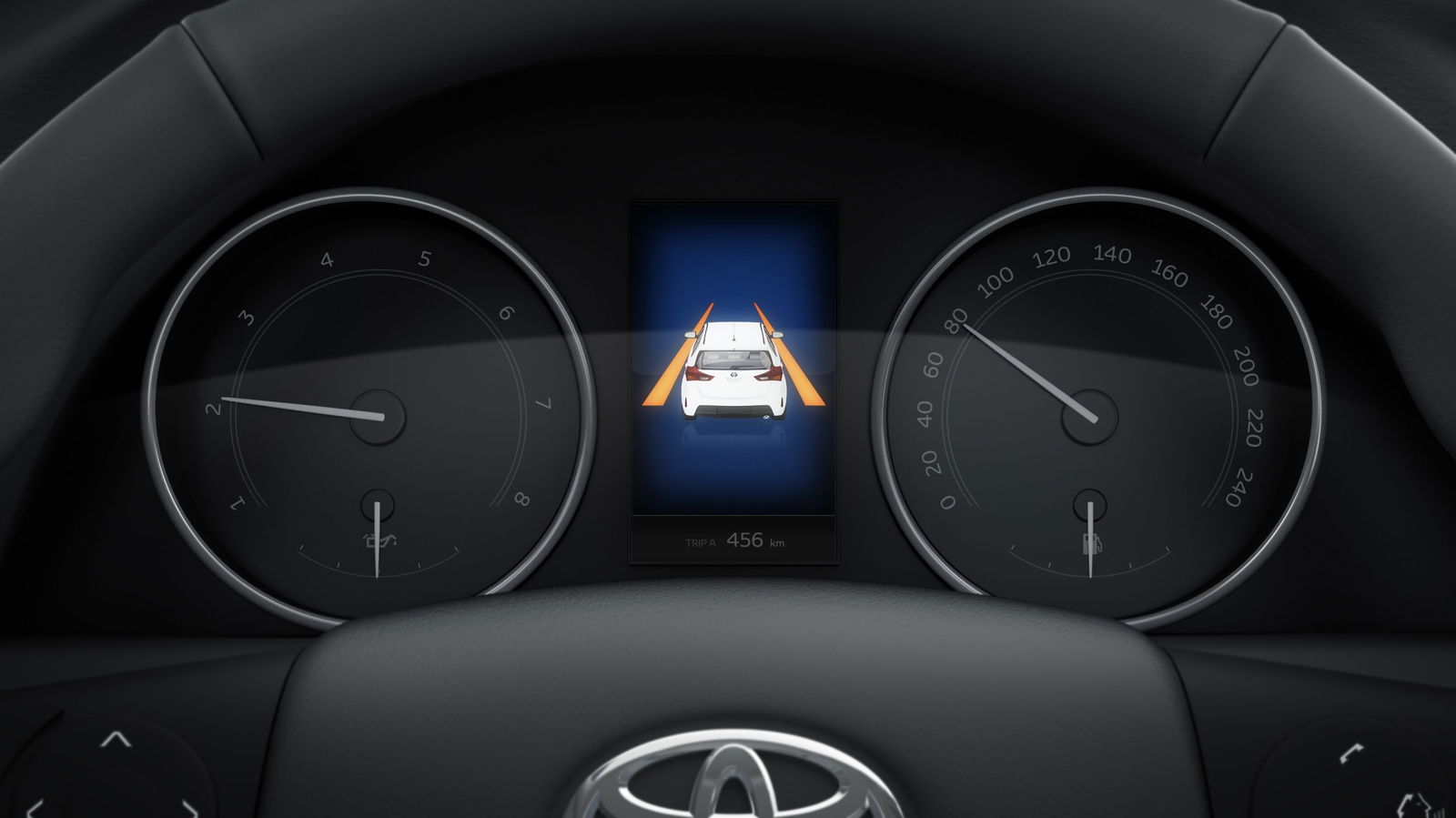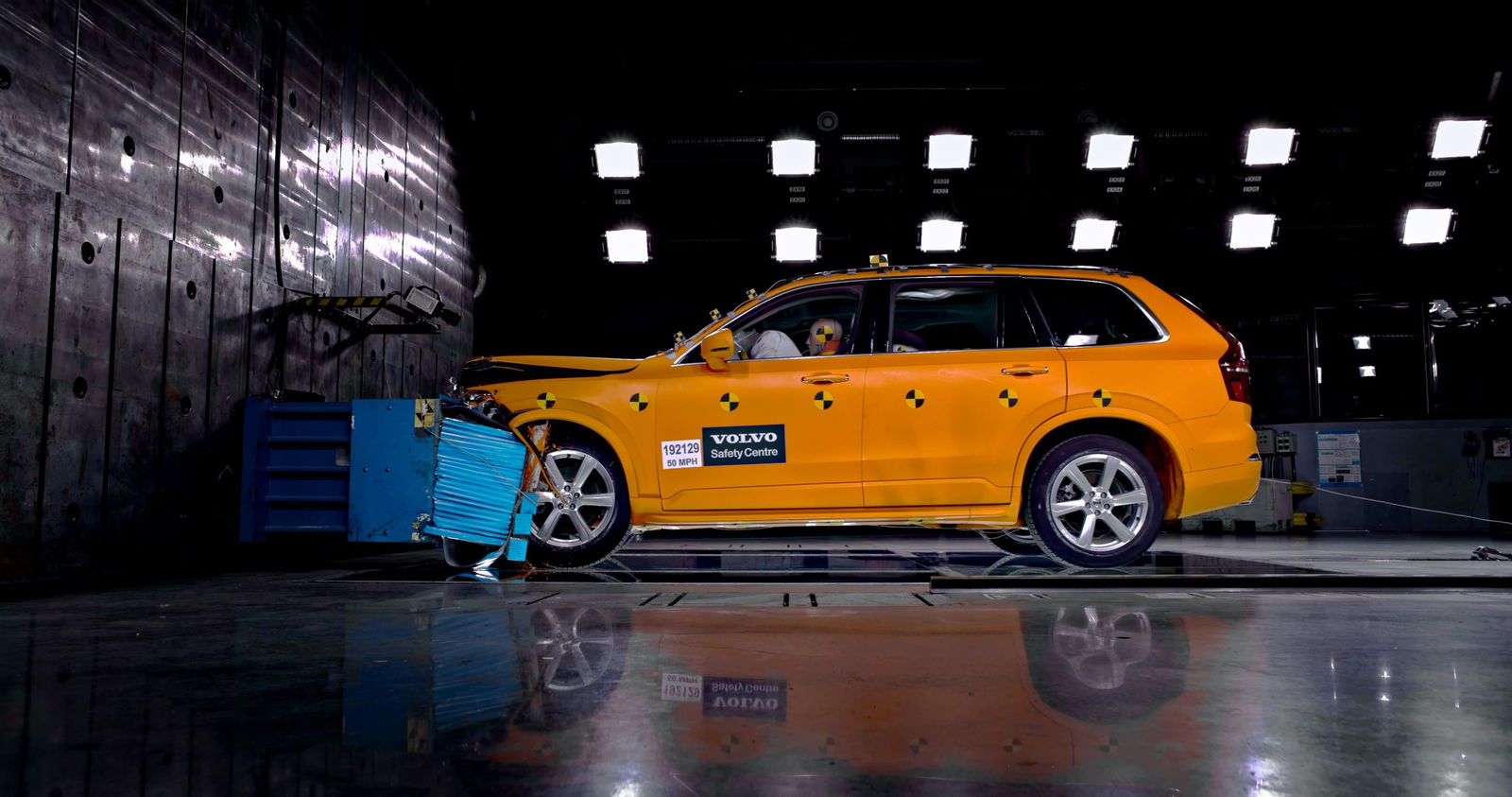Europe’s Car Safety Agency Wants To Fix Annoying Driver Assist Systems

You’ve probably heard of Euro NCAP. It’s the organisation that smashes brand new cars into concrete walls to find out how safe they are in the event of a crash before they go on sale in Europe.
Lately, though, its test protocol has been expanding to not only account for how safe a car is when it does crash, but how good it is at avoiding a crash in the first place. That means it considers the effects of lots of now-mandatory advanced driver-assistance systems (ADAS) when assessing cars, and in a wonderful moment of logic prevailing over blind bureaucracy, it’s reached the same conclusion that most drivers of modern cars have – most of these systems simply aren’t very good.

That’s why, when it updates its protocols in 2026, as it does every three years, it’ll start looking at how well these systems actually work in the real world and not just on a controlled test track.
That includes speed limit recognition systems, which can have a habit of detecting signs that don’t apply to that particular bit of road, or aren’t speed limit signs at all (like the time an Alfa Romeo Tonale told me the limit through the centre of Moreton-in-Marsh was 125mph); and lane departure systems, which often tug at the wheel at inopportune moments or misinterpret things as road markings (like the time an Alfa Romeo Tonale tried to steer me back towards the cyclist I was passing. Yeah, the Tonale’s ADAS isn’t great).

Cars that manage these systems in accurate, predictable ways will score higher, based off various bits of customer feedback that voice concerns that these systems are unpredictable and intrusive.
It’s not just government short-sightedness that the updated test aims to tackle, either, but corporate madness too. It’ll factor in the ease of use of the human-machine interface, including whether cars have physical buttons for commonly-used functions rather than forcing the driver to jab at a screen to get to them.

It is still focused on what happens during and after a shunt, too. There are updates to front- and side-impact tests, a requirement to ensure that retractable door handles – an increasingly prevalent phenomenon – automatically deploy after a crash, and assessments of how well EVs isolate their battery packs to prevent post-crash fires.
Hopefully, though, the biggest benefit of all this will be the steady de-annoying of modern cars with their multitudes of unwanted bings, bongs and screens. We’ll still probably just keep turning the ADAS off every time we get in a new car, though.














Comments